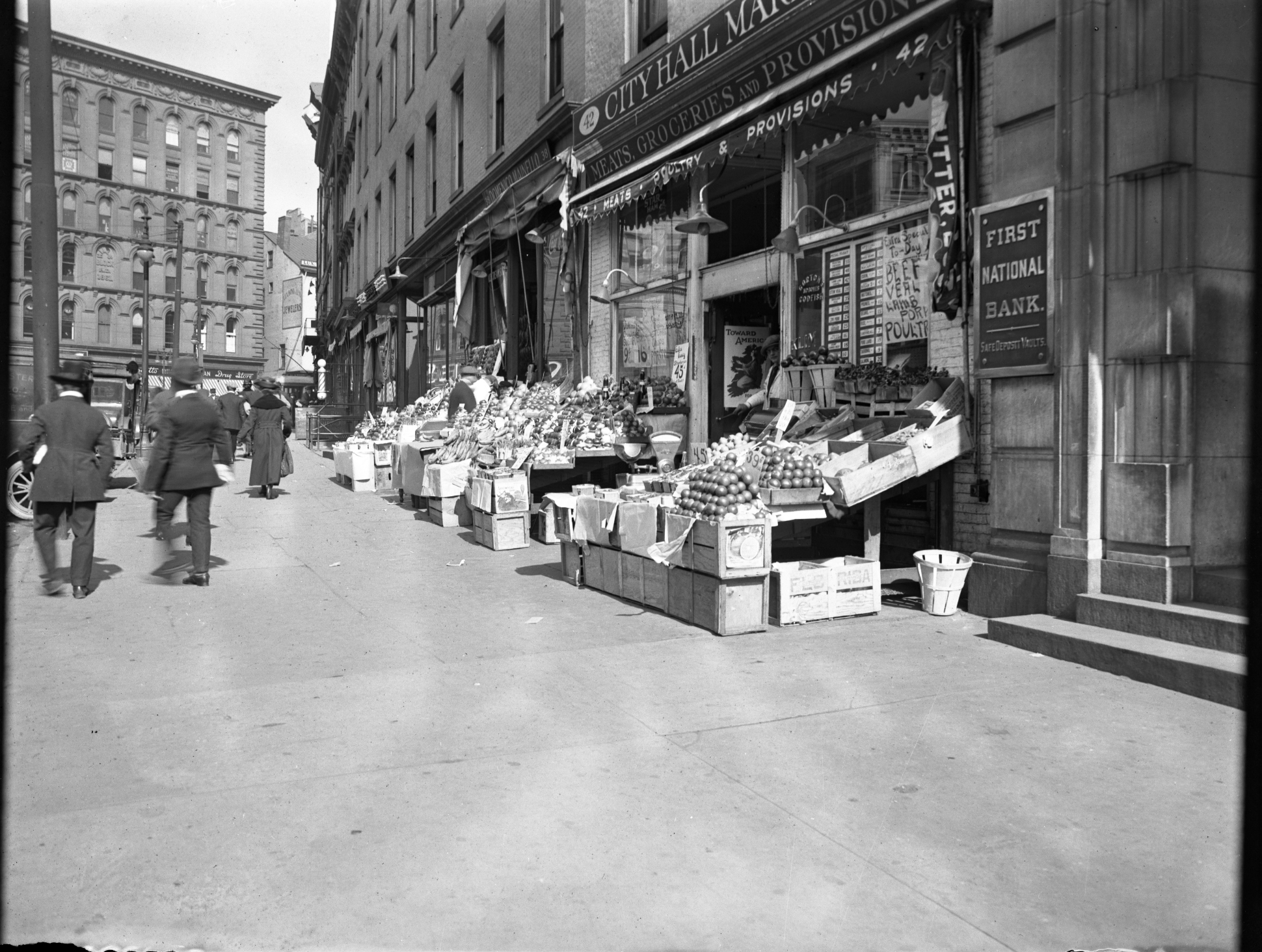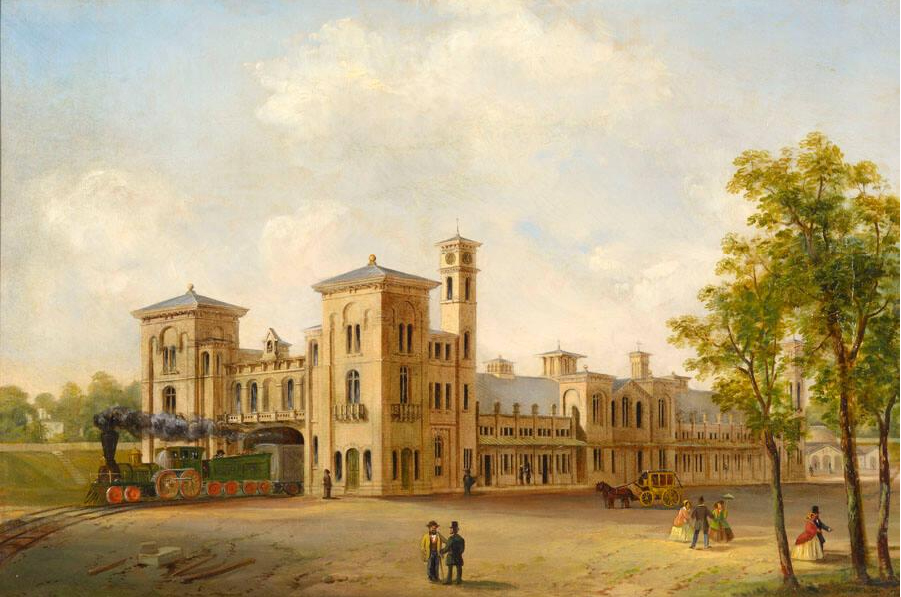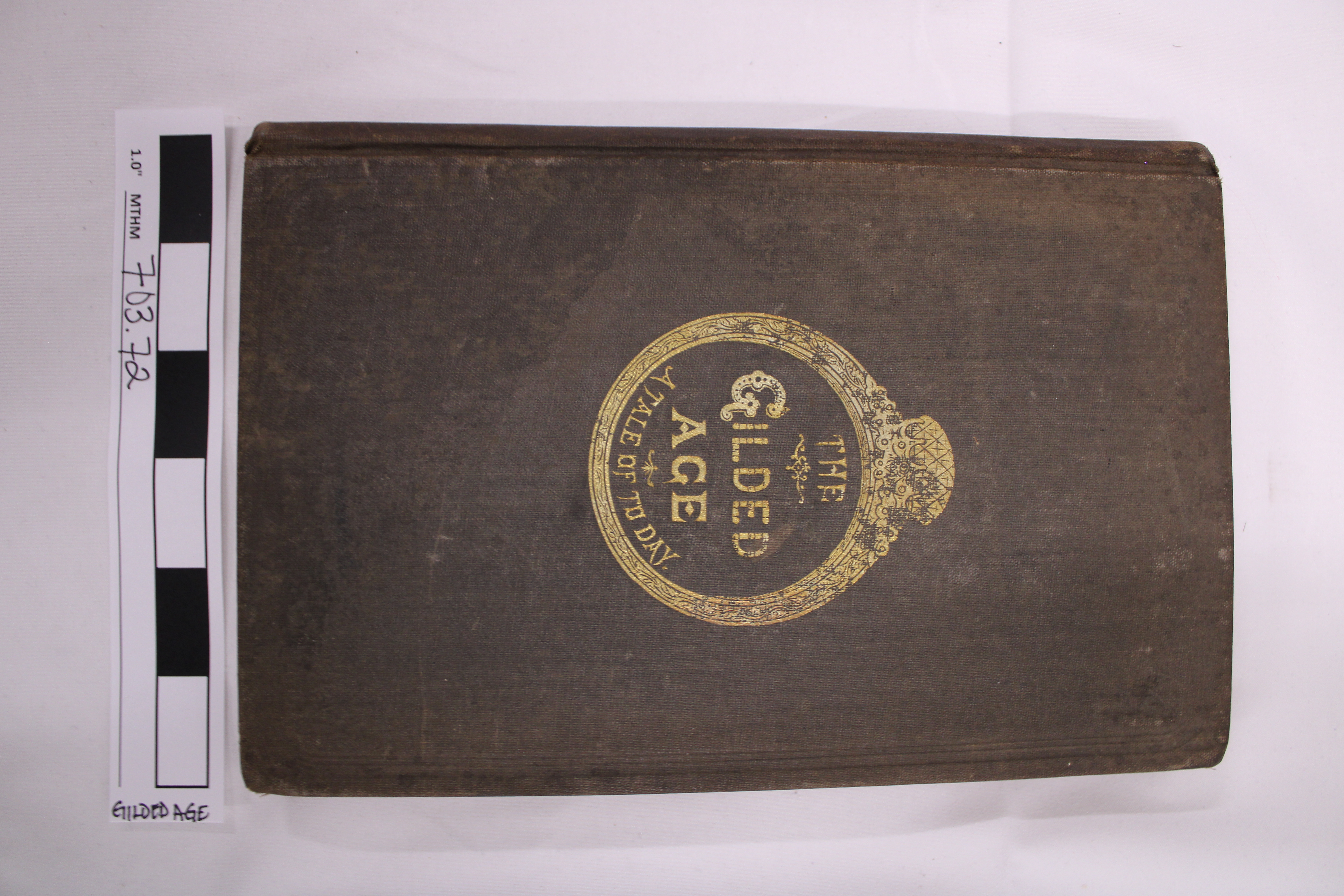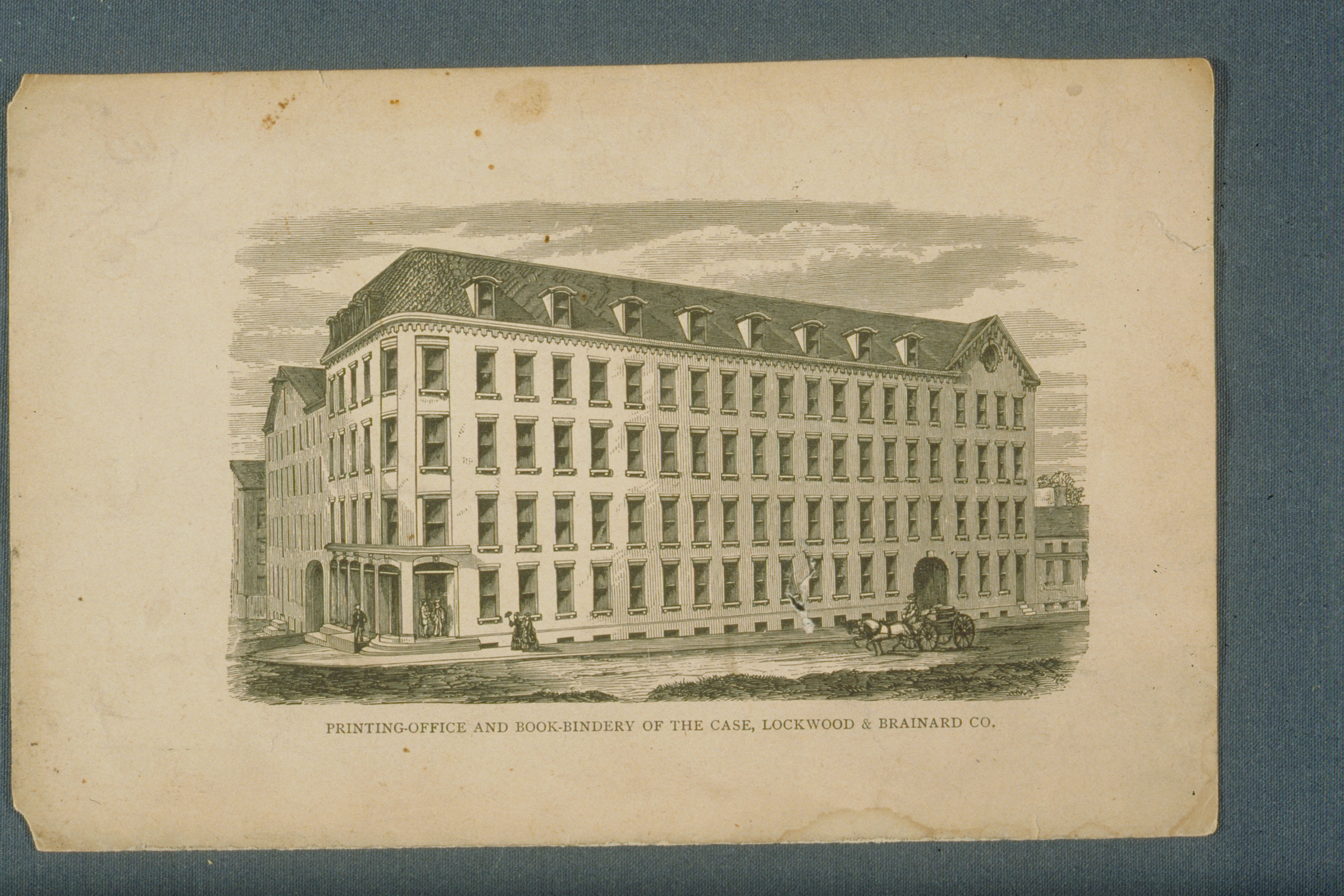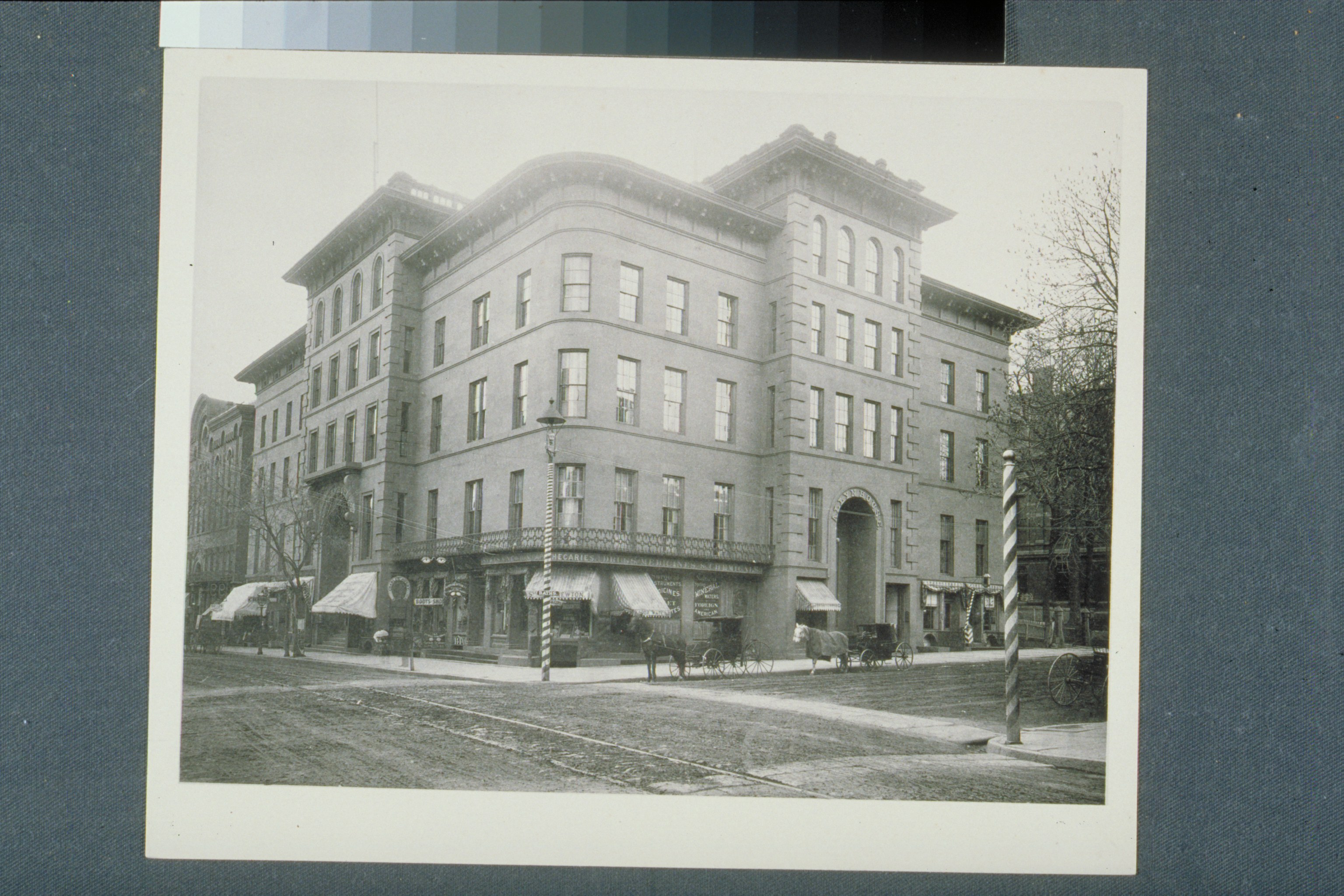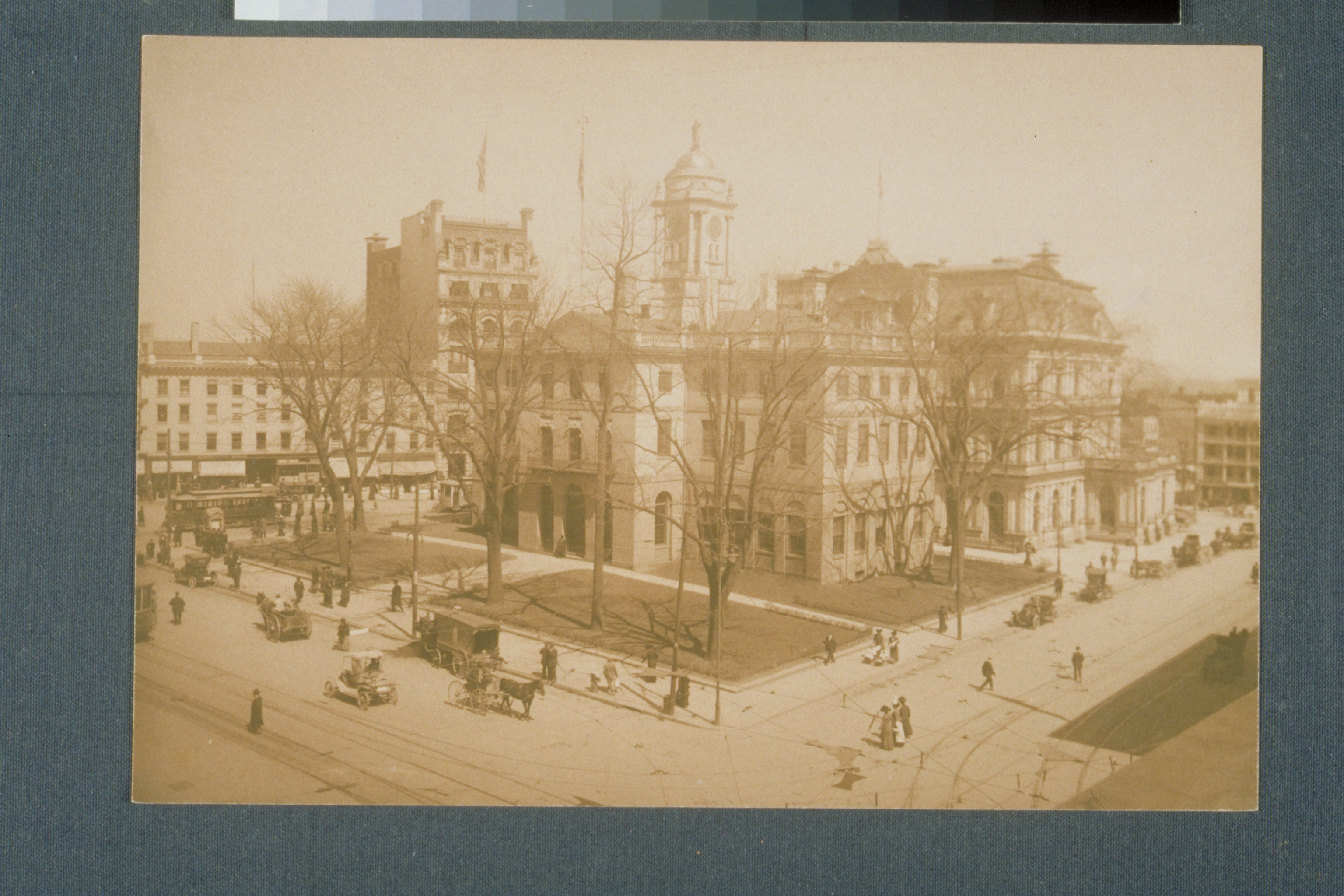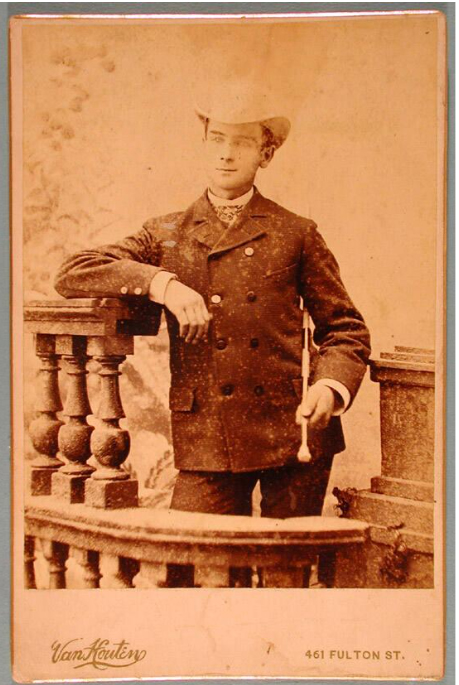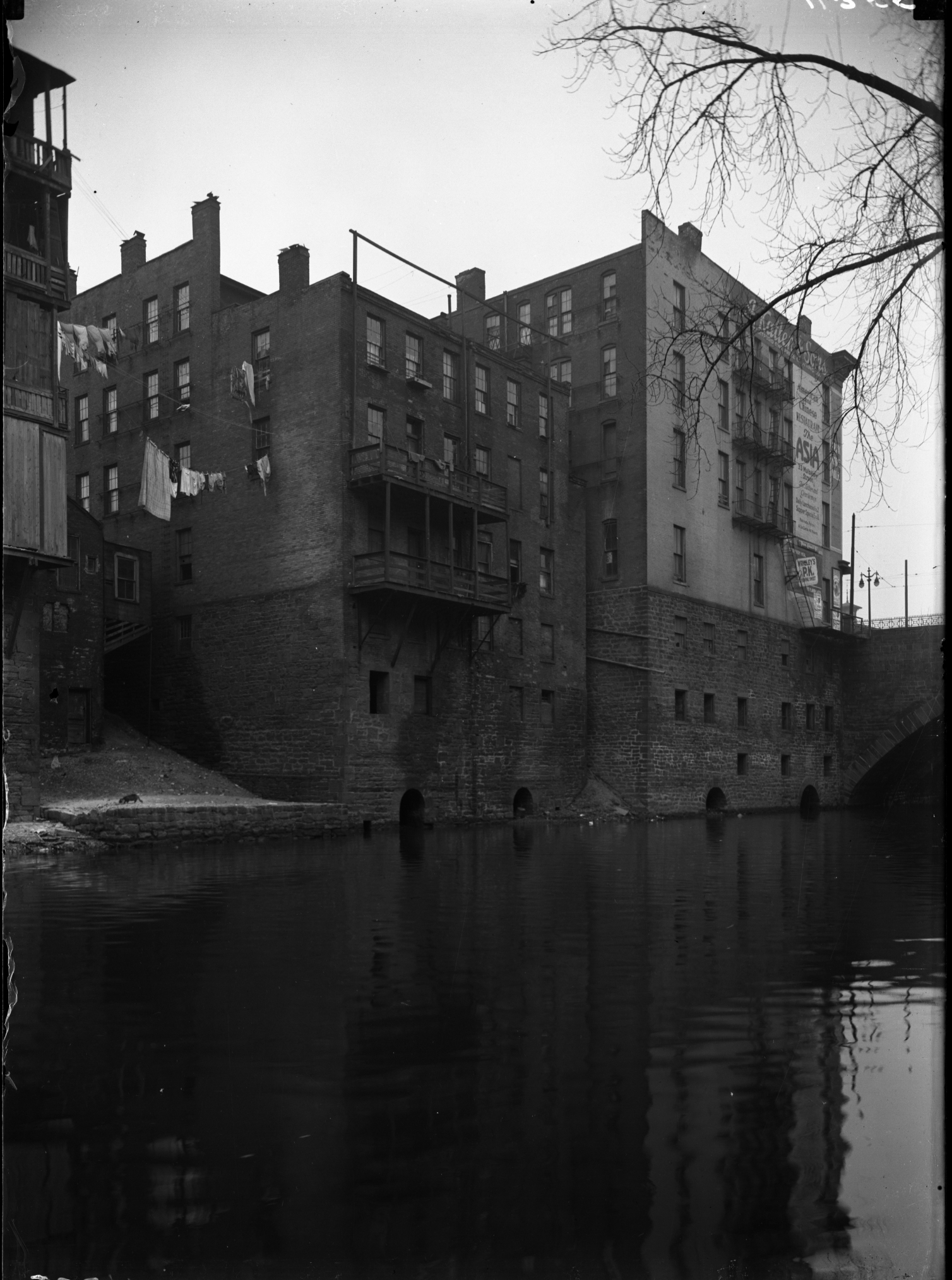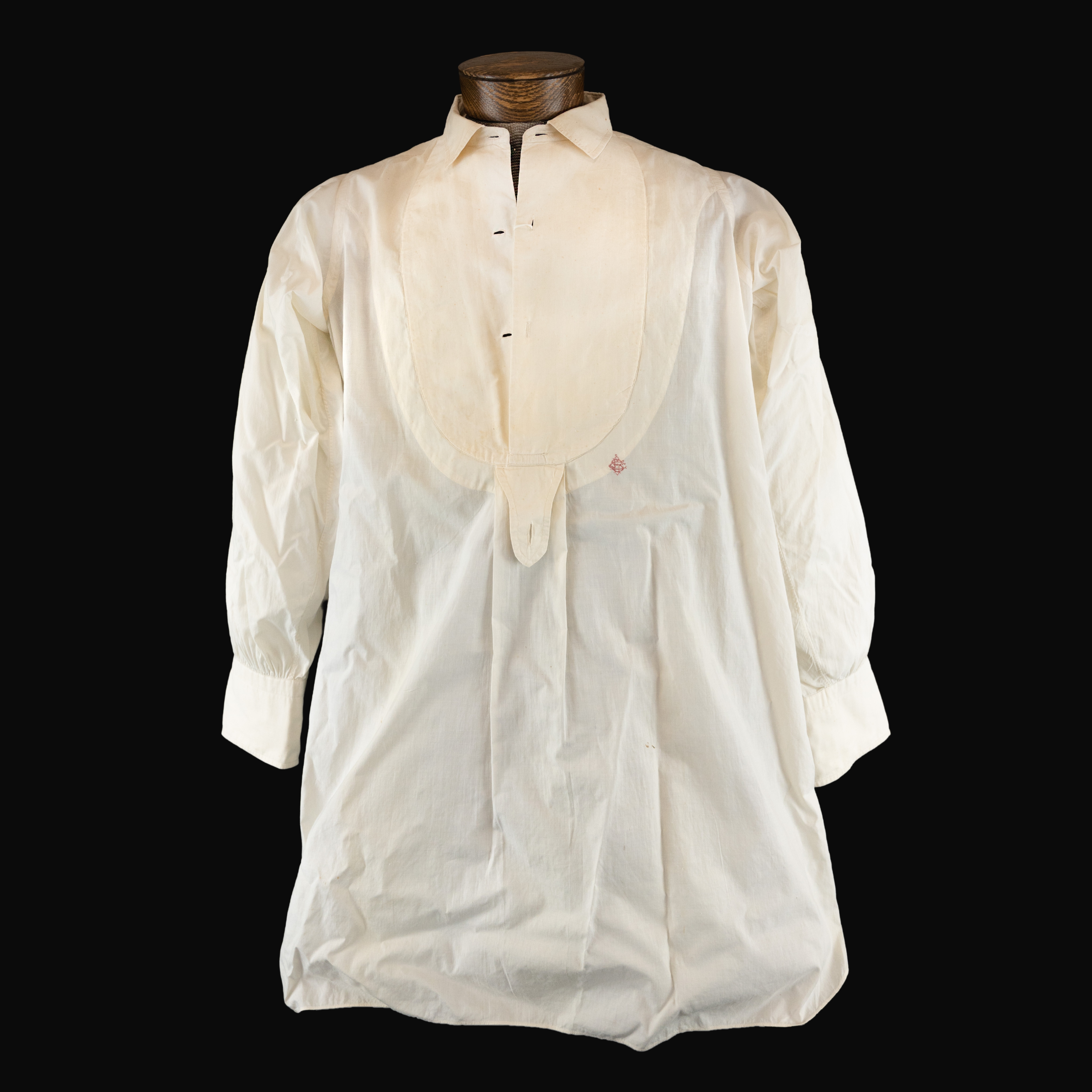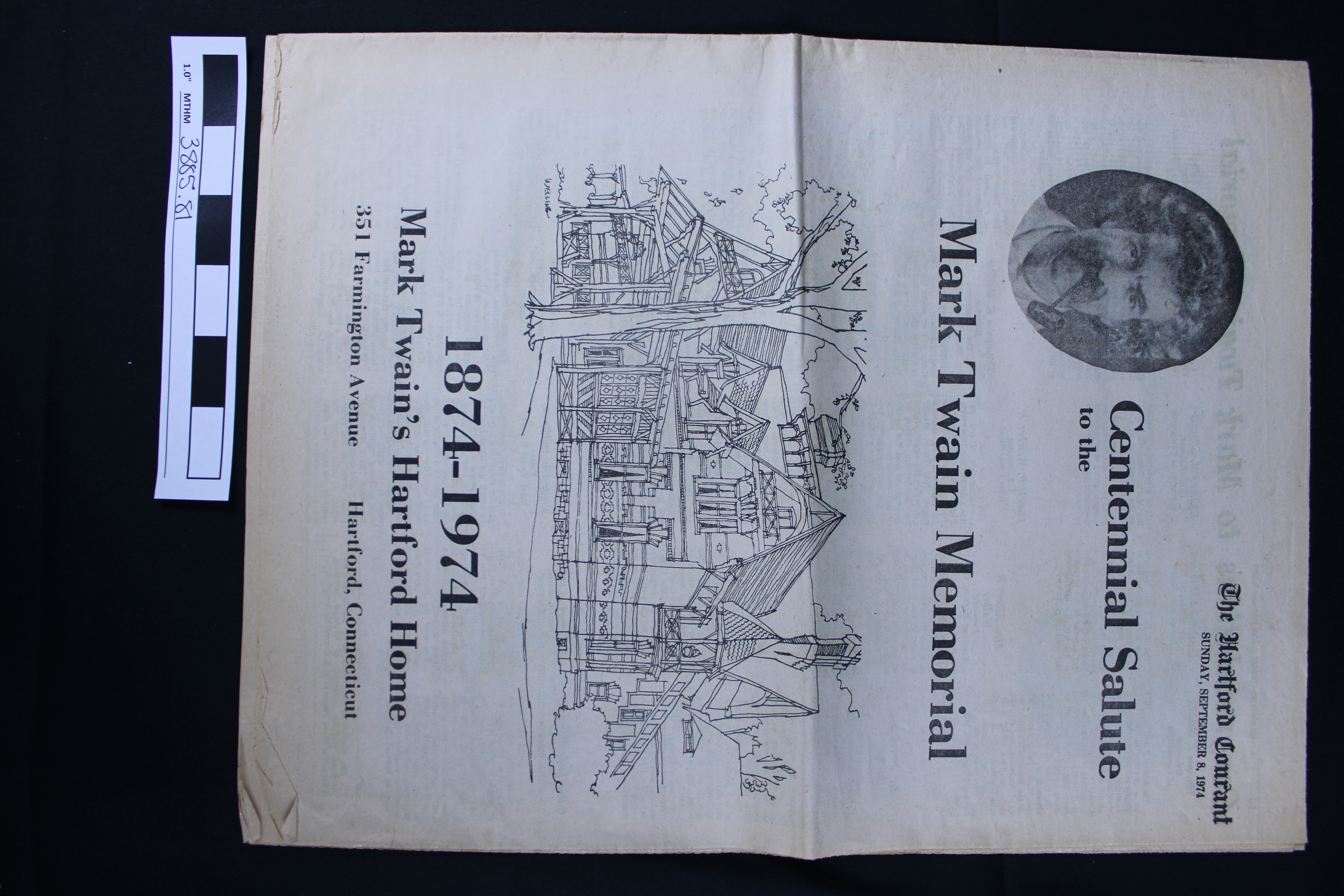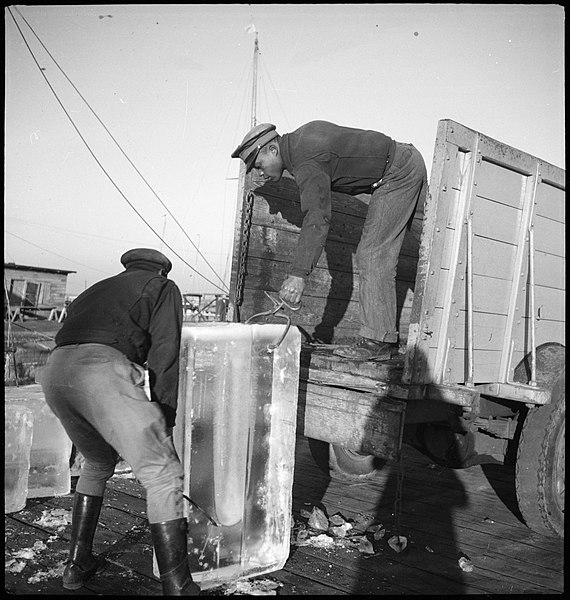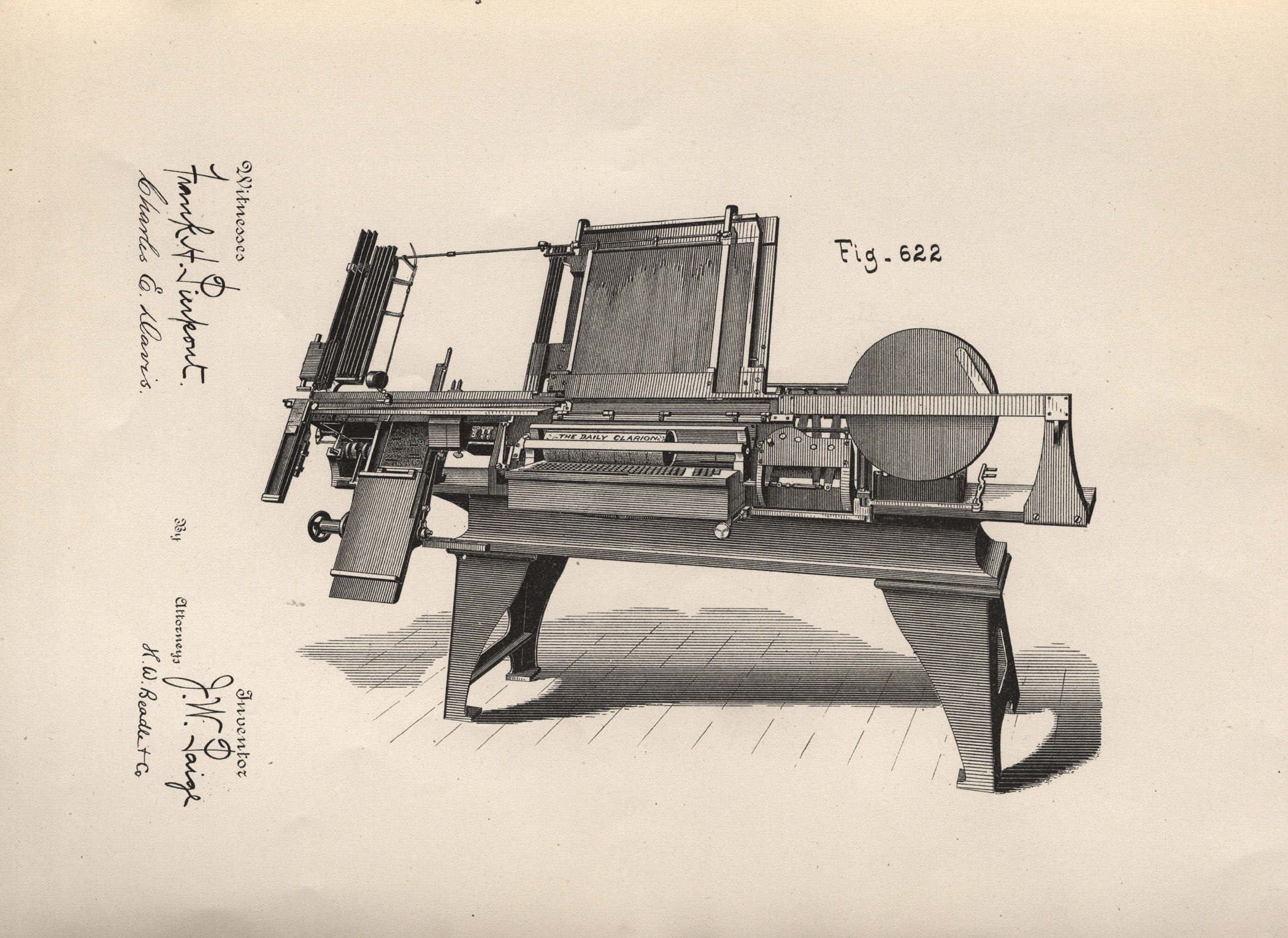George Griffin’s Apartment
If you were to go to 132 Wells Street today you’d see a high-rise building containing luxury apartments. In 1874, we would have seen a boarding house where George Griffin and his first wife Rhoda lived. In the 1870s Hartford was a booming industrial city with a population of 37,743, which more than doubled to 79,850 by 1900. The majority of this population were working class people, like George and Rhoda Griffin, who manned the factories, stores, and homes of Hartford and the surrounding area. Many of those workers lived in boarding houses–shared houses with separate rooms for families and individuals–often with a housekeeper and cook to provide basic services for those who worked long hours in businesses and homes around the city.
While Hartford is no longer the industrialized city it once was, it isn’t hard to imagine blocks of boarding houses throughout Hartford as people grouped together to work hard and build lives in the city. George Griffin had a wife and child to support, and though he was paid by the Clemens family for his work as a butler in their house, he also maintained side businesses to make ends meet and provide a good life for his family. Griffin was known around town as a bookmaker. He used his place in the Clemens household to listen and collect information that he then turned into the basis for the spread on which he’d take bets for a particular event. He also frequented the Charter Oak Park which opened in 1873 and was home to one of the best-known racetracks in New England at the time. The mile-long track was designed for harness racing, a type of horse racing where the driver sits on a two-wheeled sulky attached to the horse by a harness.
In contrast to George Griffin and family, the Clemenses lived out of the heat, smoke, and grime often associated with city centers in this time period due to industry, commercial traffic, and trains. They lived in a 25-room mansion with acres of land around them. And they had servants who worked all day in the Clemens’s house, only to return to their own homes at the end of the day and do the same labor for themselves. The Clemenses had the luxury of entering the city center when it suited their needs and having an employee go in their stead if it didn’t. The Clemenses also had the luxury of leisure travel to “get away” from the city or connect with nature when they desired; they of course did not have an employer clocking their hours.

